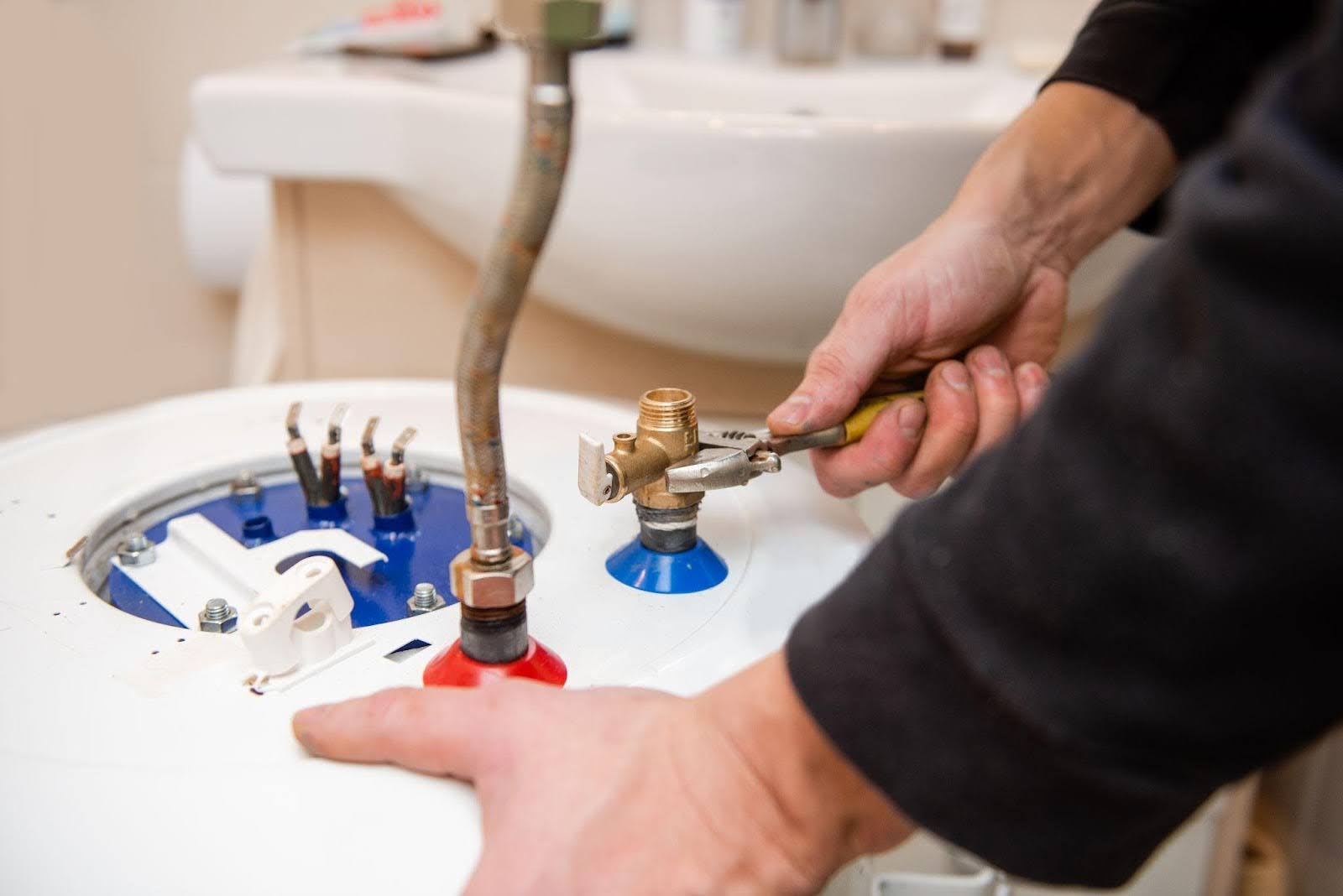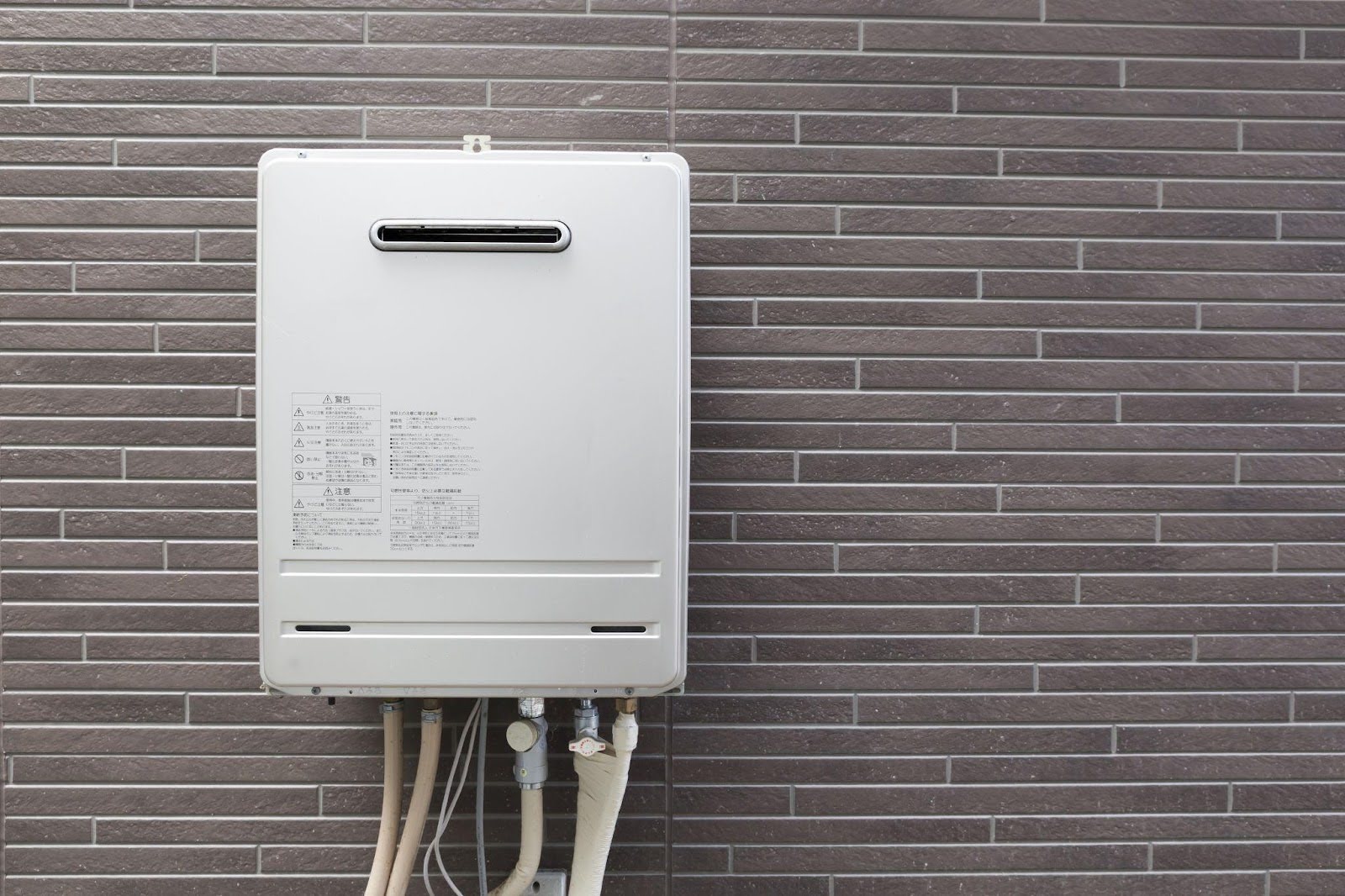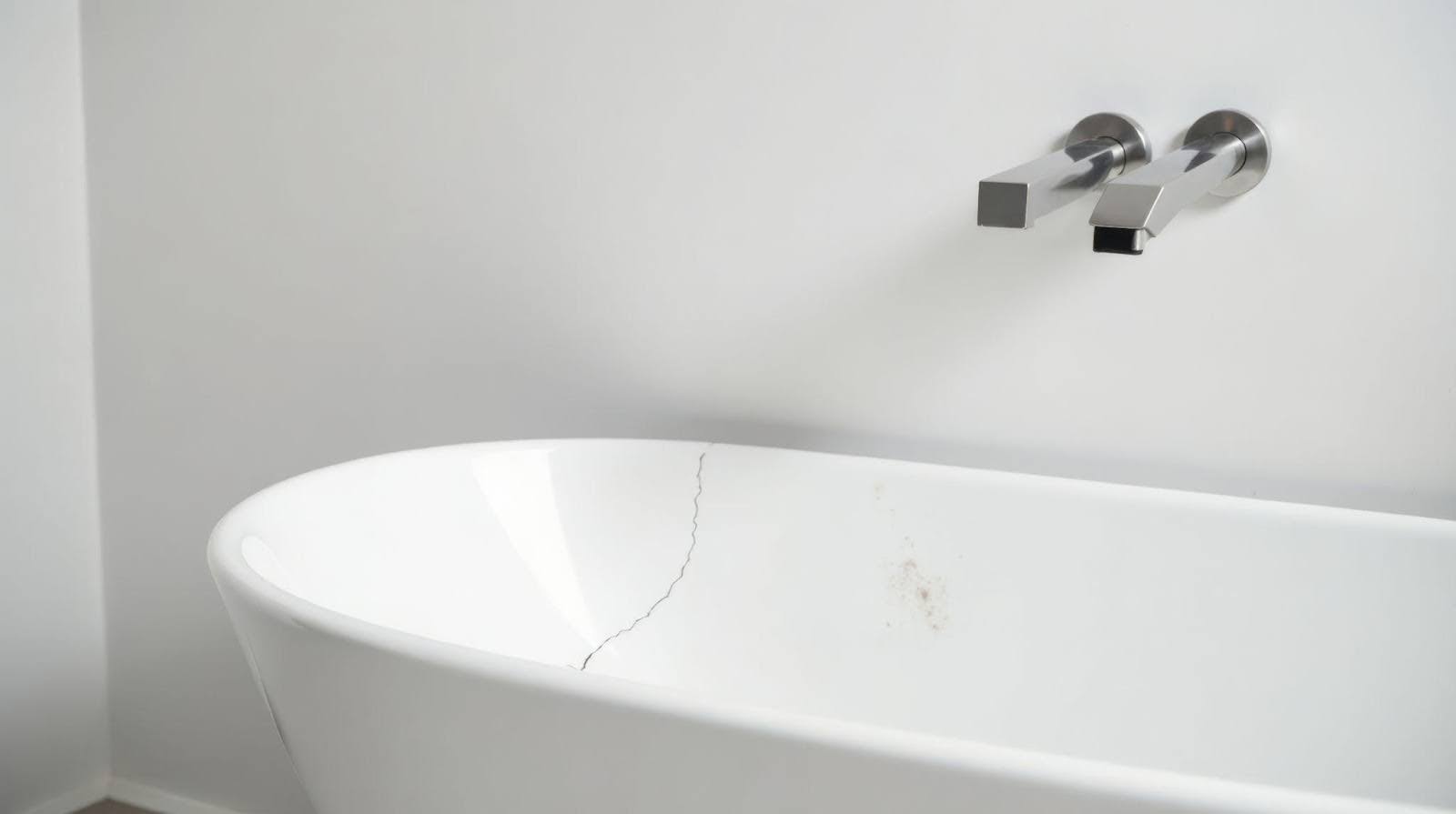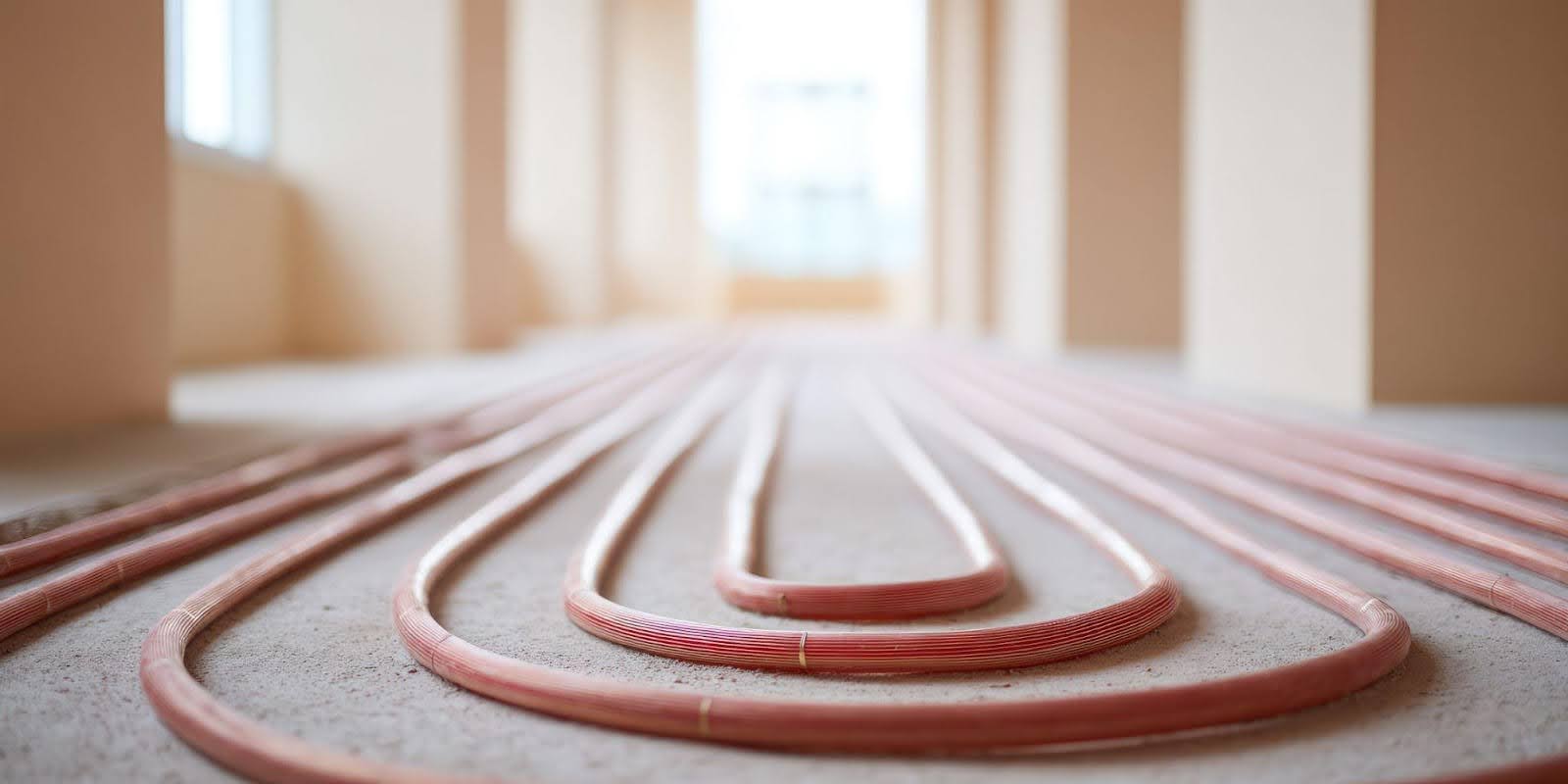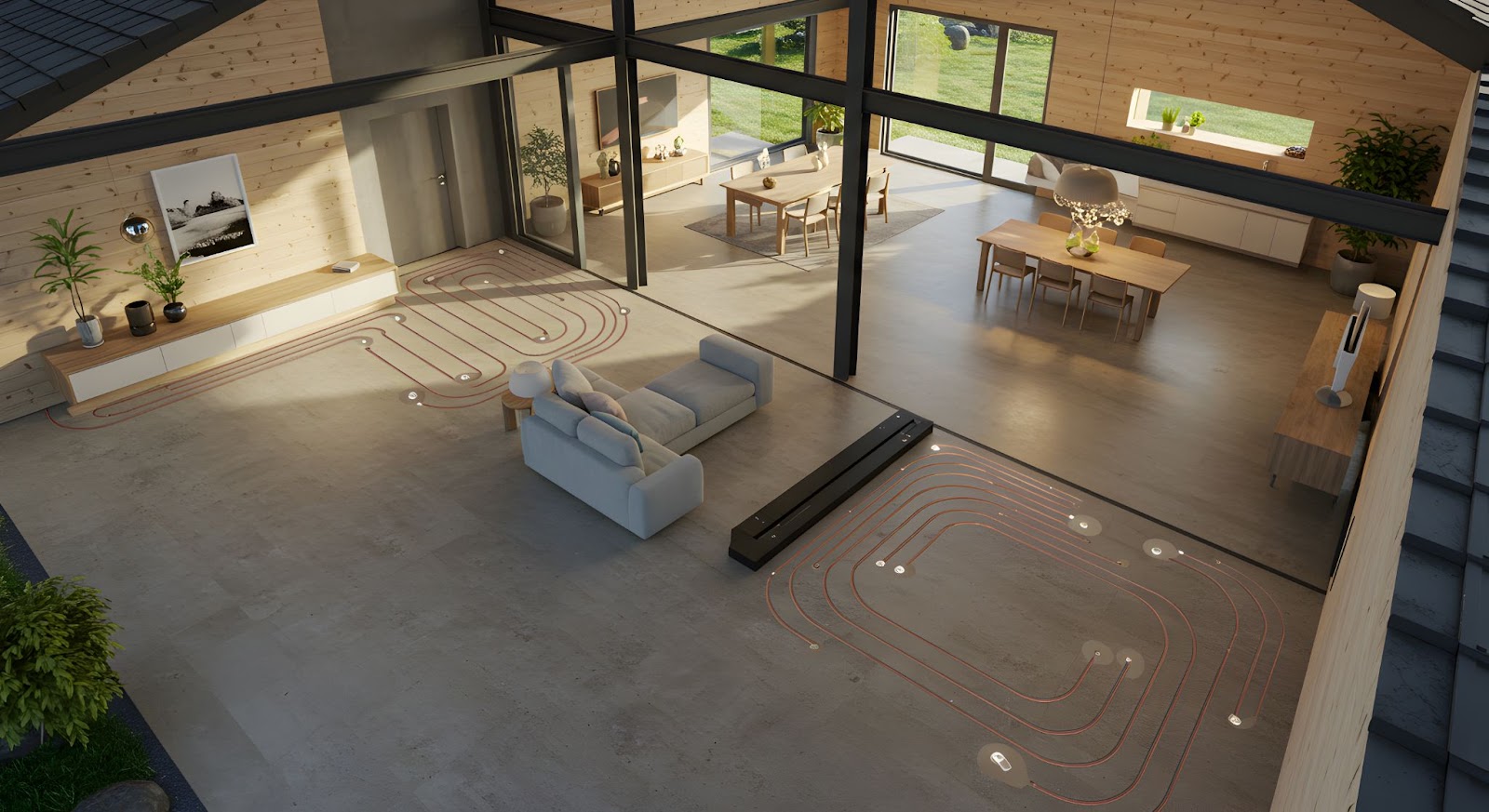Radiant heat systems keep homes warm and comfortable but need proper care to work efficiently. Skipping maintenance often leads to costly repairs or a complete breakdown. By focusing on preventative maintenance, you’ll extend the life of your system and ensure it runs smoothly all winter.
Understand your radiant heat system
This heat distributes warmth through floors, walls, or ceilings, using either hot water (hydronic systems) or electricity. These systems rely on tubing, pipes, or electric heating elements to deliver consistent heat throughout your space. While efficient and reliable, heat systems are complex and require regular attention.
Learning how your system operates helps you spot potential issues early. Pay attention to water pressure, heat output, and any unusual noises. Recognizing the signs of trouble allows you to act quickly, avoiding heat repairs that could disrupt your comfort.
Check and monitor water pressure regularly
Water pressure is a key factor in maintaining performance for hydronic heat systems. Low pressure often signals leaks or blockages, while high pressure can damage pipes and fittings. Use the system’s pressure gauge to check readings periodically.
Most systems operate within a safe range of 12 to 25 psi, but always consult your manual for exact specifications.
If pressure falls outside the normal range, investigate immediately. Addressing leaks or blockages early prevents minor issues from becoming major problems. Avoiding heat repairs starts with staying alert to system performance changes.
Inspect and clean your boiler
The boiler acts as the heart of a hydronic radiant heat system. It heats the water circulating through your pipes, so keeping it clean and efficient is crucial. Inspect the boiler for signs of soot buildup, rust, or corrosion. These problems reduce efficiency and increase the risk of breakdowns.
Schedule a qualified technician for annual boiler cleanings and inspections. They’ll clean burners, check heat exchangers, and ensure everything works as intended. Preventative maintenance like this saves money by improving system efficiency and avoiding costly heat repairs.
Flush the system to prevent blockages
Over time, mineral deposits and debris build up in the pipes of this type of heat system. These blockages restrict water flow, reducing heat output and straining your equipment. Flushing the system removes these obstructions and restores optimal performance.
Perform a system flush every one to two years or as your manufacturer recommends.
This process drains all the water and circulates a cleaning solution to remove buildup. Fresh water is then used to rinse out the cleaning solution. Routine flushing is a simple yet effective way to focus on preventative maintenance and avoid unnecessary repairs.
Check thermostats for accuracy
Thermostats control the temperature of your system, so they need to work correctly. An inaccurate thermostat causes uneven heating, wasted energy, or overworked equipment.
Test your thermostat by comparing its reading to an independent thermometer placed nearby. If the two readings differ, recalibrate or replace the thermostat if necessary.
Smart thermostats provide additional control and efficiency by automatically learning your habits and adjusting settings.
Upgrading to a smart thermostat improves energy savings while reducing strain on your radiant heat system. Proper thermostat maintenance helps avoid heat repairs caused by overuse or improper settings.
Look for leaks and damage in the system
Leaks are a common issue with hydronic systems, especially as they age. Even small leaks reduce efficiency and increase water bills. Regularly inspect pipes, fittings, and connections for signs of moisture or corrosion. Pay attention to any wet spots on floors or walls, as these often indicate hidden leaks.
Address leaks promptly by repairing or replacing damaged components. Ignoring them leads to larger problems, including structural damage and expensive repairs. Staying vigilant and performing regular inspections is part of preventative maintenance.
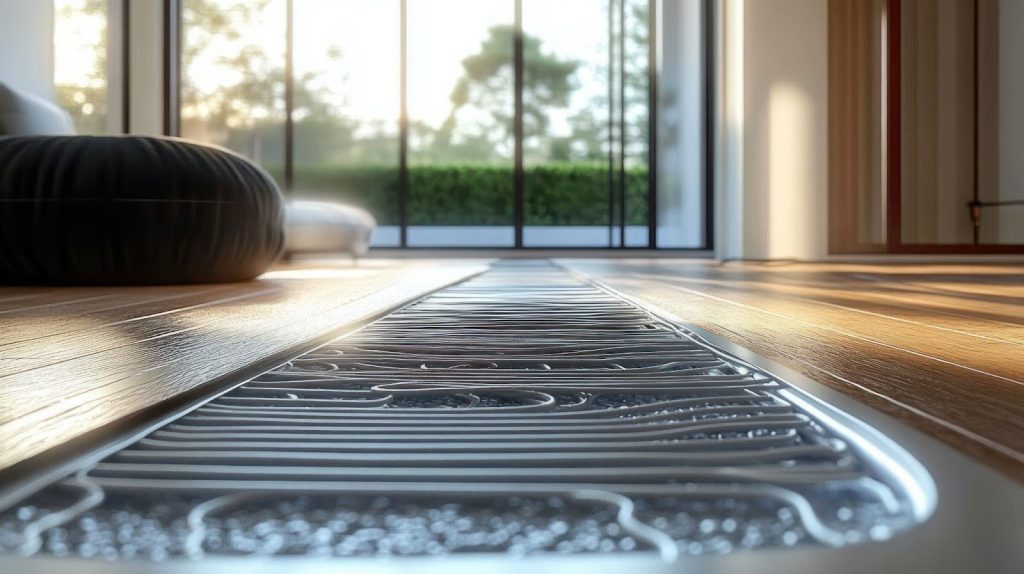
Maintain clean and debris-free floors
Radiant heat systems work best with clean, uncluttered floors. Dust, dirt, and debris reduce heat transfer and make the system work harder. Vacuum and mop floors regularly to ensure maximum efficiency. Avoid placing thick rugs or furniture directly over heating elements, as they block heat and strain the system.
Check these areas for obstructions if your system uses heat panels in walls or ceilings. Keeping surfaces clean and clear allows the system to heat your home effectively while reducing wear and tear.
Test the system before winter
Radiant heat systems often sit unused during warmer months, so testing them before winter ensures they work properly. Turn on the system and let it run for a few hours. Check for even heat distribution, strange noises, or unusual odors.
If something seems off, address the issue immediately to avoid breakdowns during the colder months. Annual inspections before winter provide added peace of mind. Professionals will identify potential problems and complete preventative maintenance to keep your system ready for heavy use.
Replace aging components
No heating system lasts forever. Over time, parts like pipes, pumps, and thermostats wear out. Replacing these components before they fail prevents sudden breakdowns and costly emergency repairs.
Monitor the age of your system and its components. Consult your owner’s manual for recommended replacement intervals. Proactively upgrading key parts improves efficiency and reliability while helping to avoid heat repairs.
Schedule regular professional maintenance
While some maintenance tasks are easy to handle yourself, others require professional expertise. Annual maintenance by a qualified technician ensures your system stays in peak condition. They’ll perform detailed inspections, clean essential components, and address potential issues before they escalate.
Professional technicians also provide valuable advice on improving efficiency and extending the life of your system. Regular service appointments are a smart investment in preventative maintenance and long-term savings.
Benefits of preventative maintenance for radiant heat
Preventative maintenance reduces the risk of unexpected breakdowns and costly repairs. By addressing small issues early, you avoid major disruptions to your heating system. Routine care also improves efficiency, lowering energy bills and extending the life of your equipment.
A well-maintained radiant heat system keeps your home warm and comfortable without straining your budget. By staying proactive and vigilant, you ensure your system delivers reliable performance year after year.
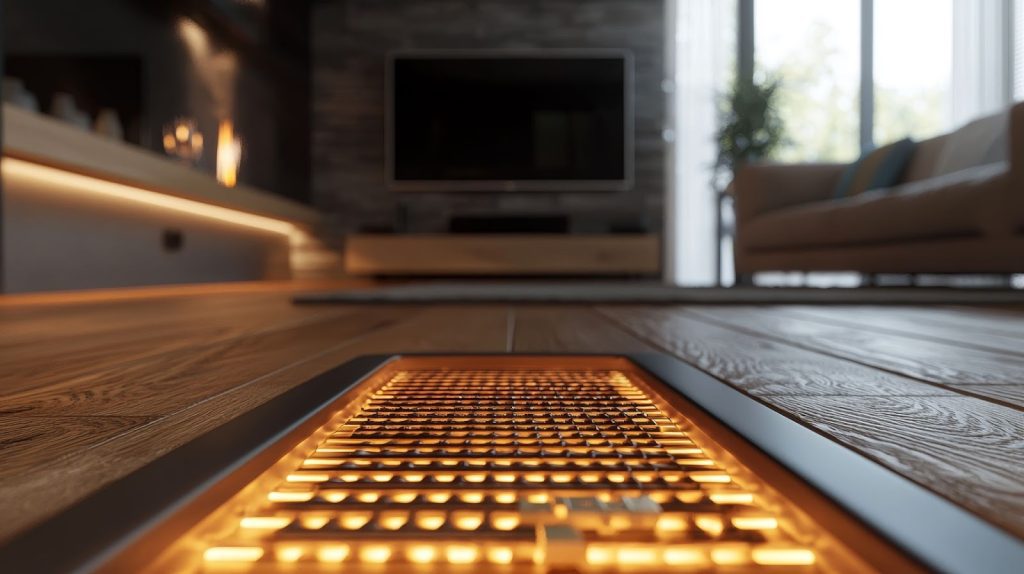
Final thoughts
Preventative maintenance is the key to keeping your heat system running smoothly and avoiding heat repairs. Regular inspections, cleaning, and proactive care prevent minor problems from turning into expensive fixes.
By monitoring water pressure, checking for leaks, and scheduling professional service, you protect your investment and enjoy consistent warmth throughout the winter. With proper care, your heat system will provide reliable, efficient comfort for years to come.
Rely on Salisbury Plumbing for your radiant heating system
Whether you’re facing issues or looking for a professional inspection, our experienced team provides reliable repairs, thorough maintenance, and expert advice to keep your system running flawlessly.
Contact Salisbury Plumbing today for top-tier service and solutions tailored to all your radiant heat needs.



